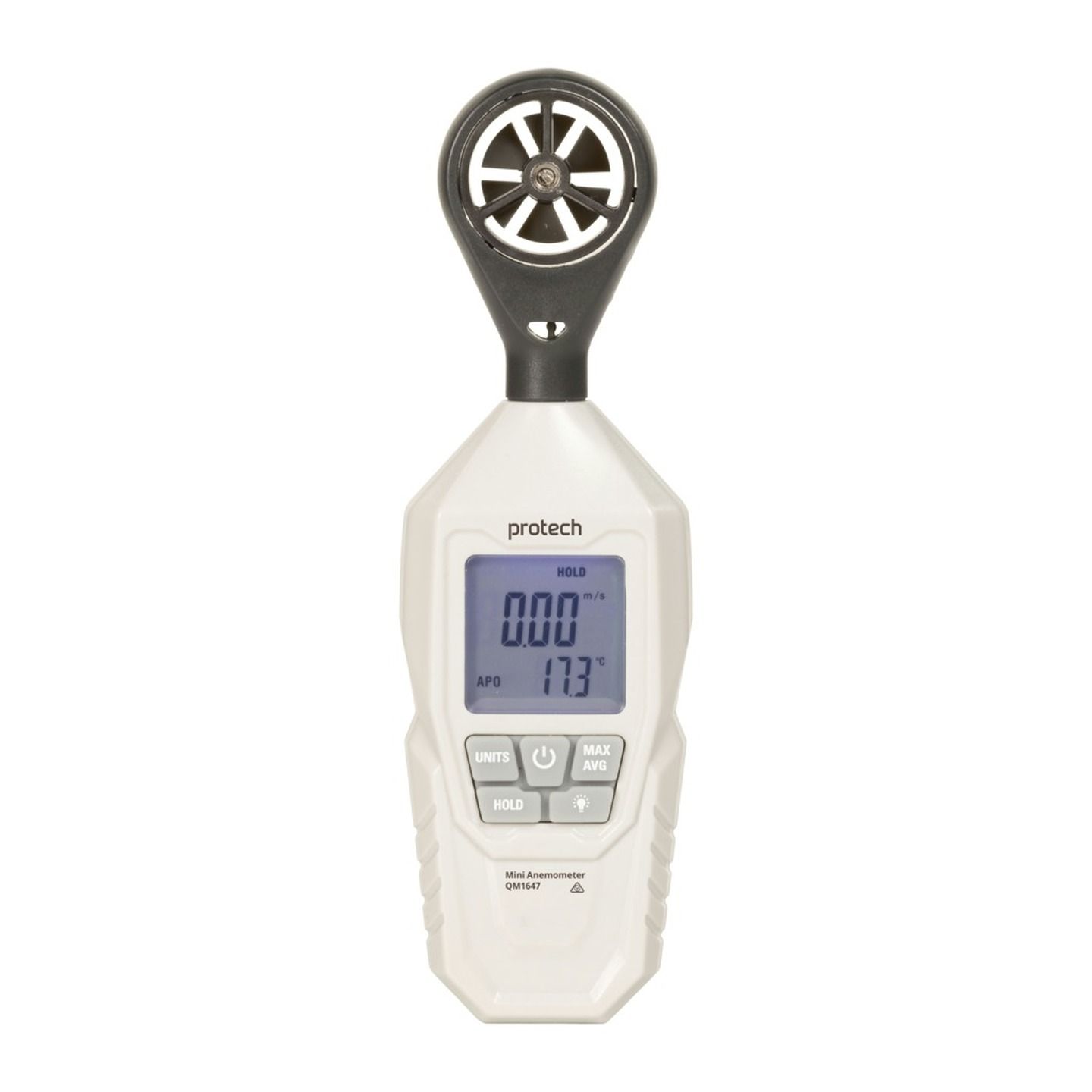Anemometers Introduced: Understanding Their Relevance in Ecological Monitoring and Safety Actions
The role of anemometers in ecological surveillance and safety steps is typically undervalued, yet their importance is undeniable. From weather forecasting to aeronautics safety, anemometers play an essential duty in offering exact information that informs decision-making processes and improves total security.
History of Anemometers
The advancement of anemometers can be mapped back to the ancient civilizations where rudimentary wind measuring tools were initial used. These early wind measurement devices laid the foundation for the development of more innovative anemometers over time. Among the earliest known anemometers was the hemispherical cup anemometer developed by Leon Battista Alberti in the 15th century. This layout was composed of four hemispherical cups that collected wind power, supplying a measurement of its strength based upon the speed of rotation.
Over the years, developments in innovation led to the advancement of more modern anemometers, including ultrasonic anemometers and laser Doppler anemometers, supplying enhanced accuracy and efficiency in measuring wind speed and direction. The background of anemometers showcases an impressive trip of innovation and development in the area of meteorology.
Kinds Of Anemometers
Throughout the field of weather forecasting, numerous kinds of anemometers have actually been established to accurately determine wind rate and instructions. Sonic anemometers make use of ultrasonic signals to gauge wind rate and instructions precisely. Hot-wire anemometers run based on the concept that the cooling effect of wind on a warmed cable is proportional to the wind rate.
Applications in Meteorology
Having discussed the numerous kinds of anemometers used in weather forecasting for determining wind rate and instructions, it is vital to discover their useful applications in the field. Anemometers play a critical duty in weather forecasting by providing real-time and accurate information on wind conditions (anemometer). Meteorologists utilize anemometers to keep track of wind speed and direction to forecast weather patterns, problem warnings for severe climate events like tornados, twisters, and cyclones, and evaluate weather for aeronautics safety
In meteorology, anemometers help in understanding local and neighborhood wind patterns, which are vital for forecasting weather changes and establishing climatic trends. These gadgets are additionally used in study to examine microclimates, urban warm islands, and air pollution dispersion. Furthermore, anemometers are employed in farming to maximize crop administration methods, such as watering and pesticide application, based upon wind problems.
Significance in Aeronautics Safety And Security
An important element of guaranteeing aviation security depends on the precise tracking of wind problems using anemometers. Anemometers play a critical duty in find out here now aviation by supplying real-time data on wind speed and direction, aiding pilots in making informed decisions during landing, trip, and liftoff. Uncertain and strong winds can considerably impact aircraft procedures, making it important for aviation authorities to rely upon exact wind measurements to guarantee the security of guests and team.

In the dynamic environment of aviation, where also small changes in wind speed and instructions can have moved here profound effects, anemometers stand as vital devices for promoting secure and secure flight.
Duty in Environmental Research Study
Exactly how you can try this out do anemometers add to developments in environmental research study? Anemometers play an essential duty in ecological research by giving vital data on wind speed and instructions. This information is important for understanding various atmospheric processes, such as air pollution dispersion, climate patterns, and climate modification. By precisely measuring wind qualities, anemometers help scientists evaluate the activity of pollutants in the air, evaluate the impact of commercial discharges, and anticipate the spread of contaminants in the setting.


Conclusion
In conclusion, anemometers have actually played a critical function in ecological surveillance and precaution. With a rich background and numerous kinds readily available, these tools have been extensively made use of in weather forecasting, aeronautics safety, and ecological research study. Recognizing the significance of anemometers is important for properly gauging wind rate and direction, which is important for forecasting climate patterns, ensuring secure aviation operations, and performing ecological studies - anemometer. Their contributions to these areas can not be underestimated.
One of the earliest known anemometers was the hemispherical cup anemometer designed by Leon Battista Alberti in the 15th century. Over the years, developments in modern technology led to the advancement of even more contemporary anemometers, including ultrasonic anemometers and laser Doppler anemometers, providing enhanced precision and performance in gauging wind rate and direction. Hot-wire anemometers operate based on the principle that the cooling impact of wind on a heated cable is symmetrical to the wind speed. Meteorologists utilize anemometers to check wind rate and direction to forecast weather patterns, concern warnings for severe weather condition events like cyclones, twisters, and storms, and analyze climatic problems for air travel safety and security.
Understanding the relevance of anemometers is essential for precisely measuring wind speed and instructions, which is important for predicting climate patterns, making sure risk-free aviation procedures, and performing ecological studies. (anemometer)